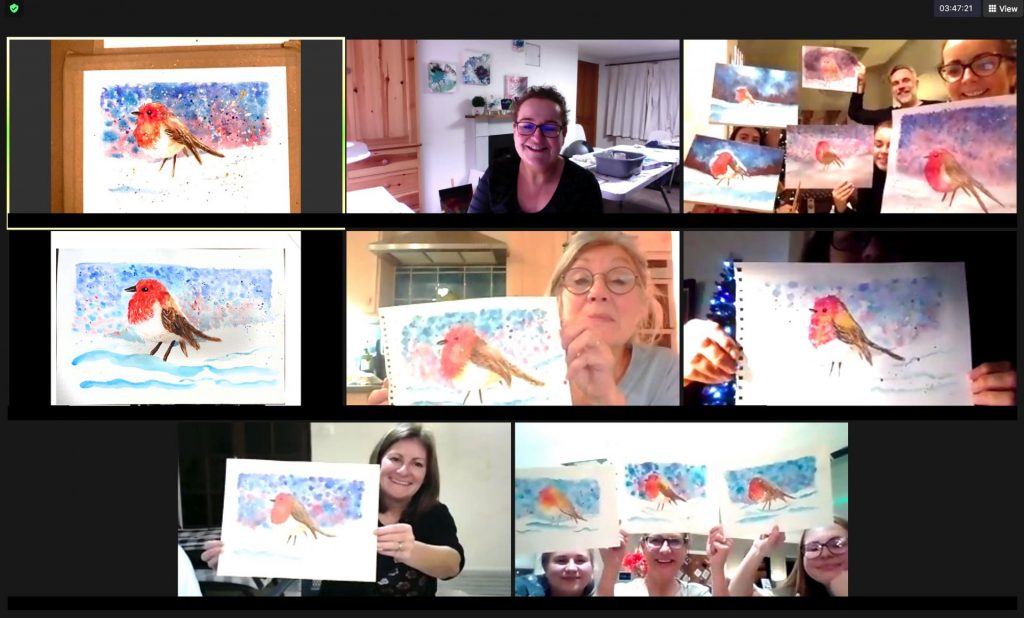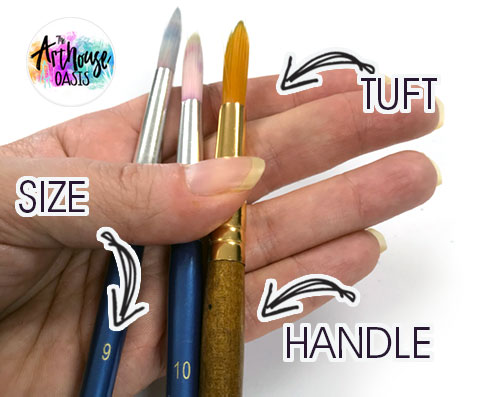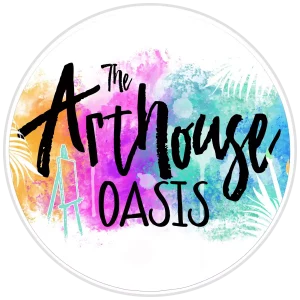Watercolour Materials
Watercolour Supplies
If you haven’t got time to trawl the net for supplies, below are some suggested items, mostly on Amazon. These options were the most cost effective brands that we could find at the time of upload, and are tailored for absolute beginners.
PLEASE NOTE: Items online do change over time so it’s always worth looking around for the best deals.

Watercolour Paint Set Option 1
A great starter pack
Watercolour Paint Set Option 2
Good value alternative
White Gouache
Great for opaque whites
Watercolour Paper
Great quality paper
Brush Set Option 1
Brush Set Option 2
Watercolour Workshop Materials List
Watercolour paints
Get a range of colours, the minimum required is red, yellow, blue and white (or white goache which is better for strong whites). Amazon links above.
A4 watercolour paper
Several sheets. Amazon links below.
Brushes
Details and links below.
A palette
For mixing paint. A white ceramic plate is also fine, as watercolour will wash off nicely.
At least 2 jam jars
For clean water and access to a sink so that you can change your dirty water frequently. I always have a kitchen bowl filled with jars and water so I can swap easily.
Pencil
For the initial construction. I use a soft pencil ie. 2B/4B.
Rubber and sharpener
Several sheets. Amazon links below.
Newspaper
To protect your surfaces.
Ruler and a tin of beans
In case we need to do any measuring.
Hairdryer
With a gentle setting so that we can experiment and dry our work.
Kitchen roll
Because it can get messy!
Watercolour Paint Useful Tips
Should I use tubes, pan paints or cubes?
You can use any of the above, but we find that tubes are the easiest and fastest to use.
Can I use my kids' paints?
Cheap craft/kids paints will be much harder to work with and lower quality.
What colours do I absolutely need?
Get a range of colours, the minimum required is red, yellow, blue and white (or white goache).
Watercolour Paper Useful Tips
What's best, cold pressed or hot pressed paper?
Cold pressed or 'Not' paper is recommended, it gives a lovely textured effect. You can easily remember 'cold pressed' by thinking of the goosebumps your skin gets when you feel cold! You can use any watercolour paper though.
Can I use regular paper instead?
Regular paper doesn't hold water well so is not recommended.
What thickness paper do you recommend?
300gsm is a great thickness.
I can't afford the watercolour paper suggested.
If the above options are too pricey then The Works does a cheap version for under £5 here.
Watercolour Brushes Useful Tips
What sort of brushes should I start with?
Choose round tipped brushes, any brush similar to the photo here will do.
Should I be using real or synthetic brushes?
Synthetic is preferable to real animal hair (real hair can be softer, harder to manage, and using real hair brushes is not kind to animals!)
What size brush should I start with?
Anything between 10-12 and a really small fine brush. Some brushes have the numbers on the handle.

Should I stretch my board before I use watercolours?
Do I really need to stretch my board first?
You don't HAVE to stretch your paper to your board, but it will give you a much better finished result, and it will mean that you don't have to deal with buckling and distortions whilst you are painting.
How difficult is it to stretch paper?
It's really easy! This video will show you how. It takes about 5 minutes.
Ok what sort of board do I need?
If you are painting onto A4 watercolour paper then make sure you use a board which is slightly larger than A4. A3 and up is fine. I've tried a few types of boards and they've all worked fine. Some warp a little over time but for beginners most boards will be ok.
You can probably get thick board from B&Q. Tell them it's for stretching watercolour paper.
What other materials do I need to stretch?
Water. Sponge. Gummed tape (Amazon Link here).


